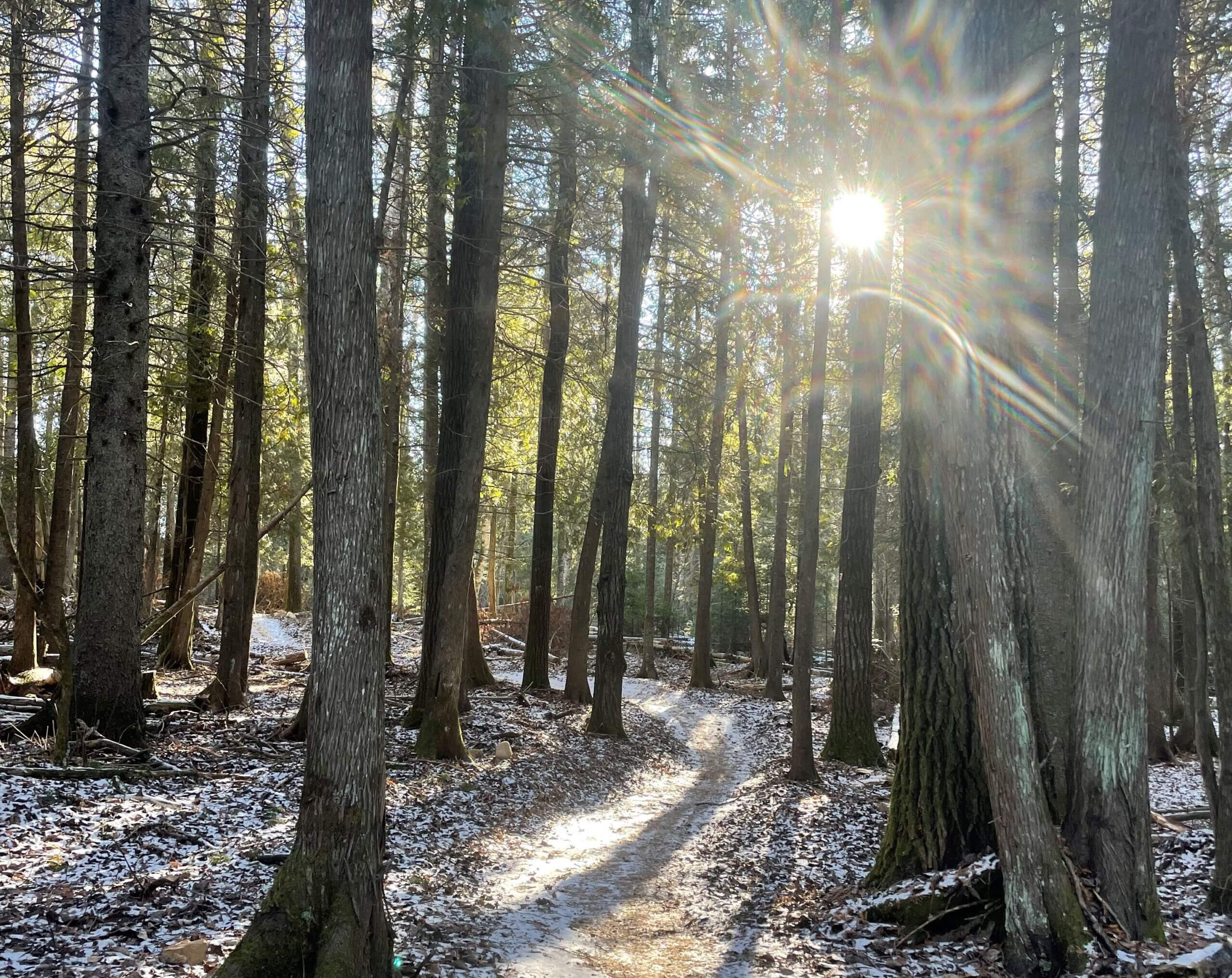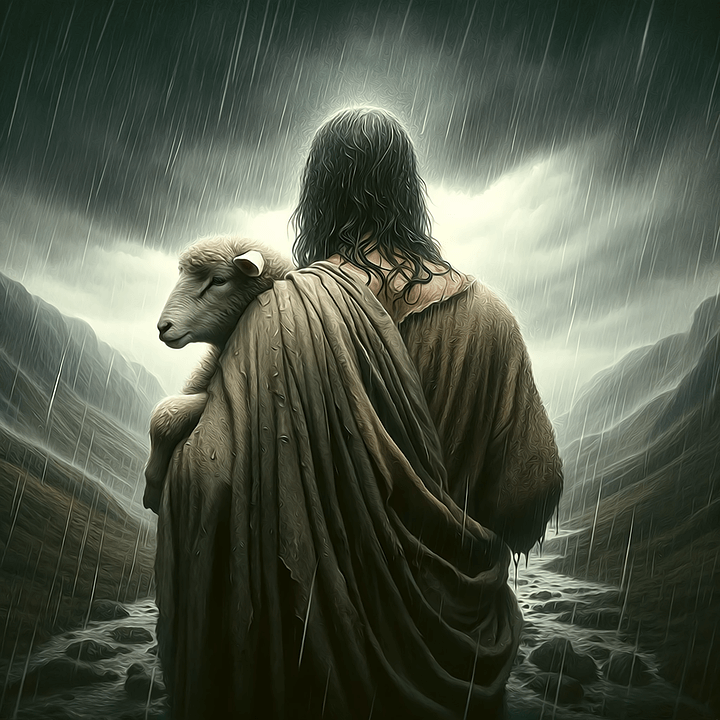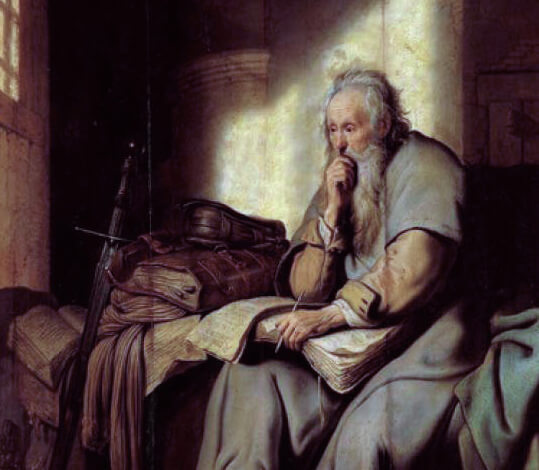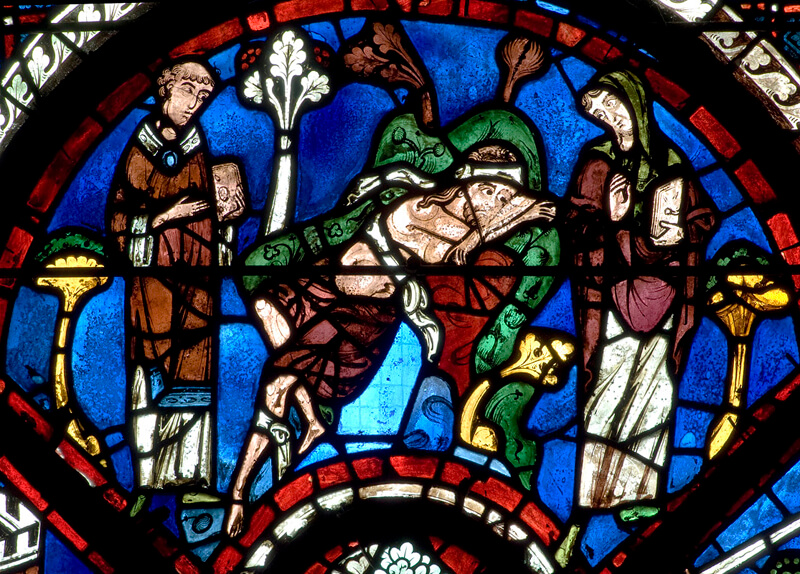Today the Canadian Council for Refugees is launching “we’re proud to protect refugees” week and this congregation won’t have the slightest difficulty in being part of it. Over the years, the Refugee Committee at Holy Trinity has organized the sponsorship of 118 refugees with two more currently on the way. That’s a huge achievement that we can properly celebrate. Looking back, on May the 21st, 1992, along with Alex Neve of Amnesty International and Mary Jo Leddy, a number of other people, members of this congregation signed onto a document promising to protect 23 refugee cases – individuals and in most cases whole families – people who were facing deportation on grounds we couldn’t accept. That was the beginning of the Sanctuary Coalition which has always had a home in this parish. So we have been welcoming refugees both those from refugee camps overseas brought here for resettlement and those who came to Canada on their own to make their refugee claim but who were wrongly rejected by the authorities. Both these expressions of support for refugees continue.
Let me put this in a larger context. This country has had a mixed record in responding to refugees and immigrants. Some random examples. Think of the nineteenth century refugees from the potato famine in Ireland who received less than a warm welcome in this country. Before the First World War, immigrants in large numbers came to Canada – Western Canada in particular – from central and eastern Europe, but they were often stigmatized, regarded as second class by their neighbors who sometimes called them by unflattering names like “bohunks.” In 1939 when a boatload of 1000 Jewish refugees arrived in our waters, they were turned away, sent back to Germany where they eventually faced extermination in the death camps. Late in the Second World War, when a senior Canadian immigration official named Charles Frederick Blair was asked how many Jewish refugees Canada should accept after the war, his famous – infamous – response was “none is too many” (the title of a book some of you will have read on this issue by the historians Harold Troper and Irving Abella. That’s part of the dark stuff in our history .
But after the war, Canada did accept many refugees and displaced persons from Europe. Canada signed onto the Geneva Convention of 1951 which committed this country to give protection to any person fleeing persecution for reasons of race, religion, political affiliation or membership in a particular group. Thousands have come to Canada under that provision. And in 1956 Canada accepted refugees from Hungary, after the Hungarian uprising; in 68 from Czechoslovakia after the soviet tanks rolled into Prague. And in the 70’s some 60,000 Vietnamese boat people were welcomed. And then there were the American draft evaders in the Vietnam war some of whom slept in this church. There were dissenting voices in all these cases but most Canadians took pride in what we were doing. Those were the glory days in Canada’s refugee history, a time of open doors, of welcoming the stranger.
By the 1980’s refugees were coming to Canada from all parts of the world and it was a heavy responsibility for immigration officials to determine their fate. In 1985 the Supreme Court made a landmark decision, the Singh decision which declared that all refugees coming to Canada were entitled to protection under the Charter. There had to be due process in determining who was accepted as a refugee. An arbitrary decision by an immigration official was no longer acceptable. That led to the creation of the Immigration and Refugee Board in the late 80’s a quasi judicial body independent of the Dept of Immigration. That was a step forward. The system worked reasonably well – but mistakes were made – poor legal representation, traumatized claimants, faulty translation, misreading of country conditions. But there was no appeal system, the kind that exists in every other area of our law. It was in response to these mistakes – which meant lives were at risk – that the Sanctuary movement came into existence in Canada and continues to this day. But now we are dealing with legislation that has fundamentally compromised the principle of fairness in determining who is a refugee and who is not. And no group is more adversely affected than the Roma.
Overall, the number of refugee claimants arriving in Canada has dropped from an annual figure ranging from 25,000 to 30,00 to around 10,000 and this is happening at a time when the number of refugees world wide has never been greater. Canada’s doors are closing at a time when the need to welcome and protect has never been more urgent.
There continue to be programs of government sponsored refugees for re-settlement and privately sponsored refugees from refugee camps in different parts of the world. Considering that there are over 16 million refugees world wide – and counting – the numbers sponsored in Canada are pretty tiny. The government’s target for this year is around 7,000. Now I think we want to be responsive to those in greatest need, as generous as possible within our limited resources. That doesn’t, however, seem to be central to the government’s current policy. Recent memos to the Minister propose that Canada select refugees from three targeted areas, reduce the number of refugees with “high needs” and select those who are healthy and who are expected to integrate more easily. The proposed changes all make Canada’s refugee settlement program less generous.
So that’s the current picture: 1. reduce the number coming to make refugee claims and make the process as adversarial as possible, and 2.sponsor those who suit our needs rather than those who themselves are most in need.
OK, that’s a very brief sketch. I want to leave lots of time for Gina. So I’ll conclude by asking in what way do today’s readings speak to our situation?
The setting for the first reading from the prophet Haggai was the time when the Jewish exile in Babylon was over and the returning Jews were faced with the task of rebuilding Jerusalem and rebuilding the temple in almost impossible circumstances. The message of Haggai is a message of encouragement in the face of huge challenges. The situation may be difficult but we are not alone, says Haggai, God’s spirit is with us. Remember this house in its former glory, he says, and look forward to a future where all nations can share in common riches. OK, doesn’t that speak to us today?
The Gospel: Jesus words in Matthew’s story of the Last Judgement are straightforward and compelling: “I was a stranger and you welcomed me.” Need more be said?
The reading from Mary Jo comes out of her experience at Romero House. The knock on the door literally happens. We can take it literally or metaphorically. In today’s complicated and stressful world we can say no, we’ve already got far too much on our plate. Or, we can say “this we must do.” Protecting refugees is not an option. It’s a moral imperative.





